Последняя четверть 4-го века до н.э. Раджа/царь Порус (Пор, Порос) из династии/царства Пауравов.
Автор: Homo VulgarisЦарь Пор (традиционное для нас написание) времён знаменитой битвы на Гидаспе с Александром Македонским.
After making an alliance with Ambhi / Taxiles, raja of Taxila, modern Punjab, Alexander and his Indian ally marched together to the banks of the Hydaspes / Jhelum River, to face a more formidable raja known by the Greeks as Porus of Pauravas. The two Punjabi kings had been in hostile terms with each other for a while before the arrival of Alexander. With Alexander crossing the Hindu Kush with a considerable force of Greek and Asian men, Ambhi saw an opportunity to turn the scale in his favour and defeat his enemy Porus once and for all. Porus was a fearless warrior of great stature, considered a giant for the standards of the time. At the battle of the Hydaspes, Porus led a vast army of infantry, cavalry, 1000 chariots and 200 war elephants. Alexander and Ambhi on the other side commanded an army of Greeks, Iranians and Indians, with some war elephants as well. The night before the clash a heavy rain had turned the ground into slippery mud. The battle turned into a massacre. The Indians wielding some of the biggest swords of their time, and human-sized bows made of bamboo, that couldn’t be used properly because of the slippery soil. The elephants crushing skulls and impaling men with their tusks, The Macedonians throwing javelins to the eyes of the elephants and their mahouts, and the beasts going out of control and crushing friend and foe alike. Both sides had a lot of casualties. Porus even lost two of his sons in the battle. After seeing Porus defending himself so bravely, Alexander ordered to capture the raja alive. Porus seemed determined to fight to the end. Ambhi, the other Indian king, approached his rival and tried to convince him to stop fighting. When Porus saw his old enemy approaching, he threw a spear to him with fury without listening to a single word of his proposal. After several failed attempts of negotiation, Alexander sent a messenger that was a friend of Porus. This one could finally convince Porus to listen to Alexander. It was only after seeing the number of Indians among the dead, including two of his sons, that Porus made peace with Taxiles and accepted to see Alexander in person. It was then when Alexander asked Porus how he wished to be treated, and Porus answered “the way a king treats another king”. Porus could keep his kingship, and Alexander sent him some military assistance to conquer new territories to the south-east. Alexander founded two cities in the region. One was Nicaea (Victory in Greek), located at the place of the battle, and the other was Bucephalia, named after his horse Bucephalus, who died in India after having accompanied Alexander since his childhood. Porus was murdered years later by a successor of Alexander.
After the battle of the Hydaspes Alexander planned to keep advancing into India, but his men thought they had gone far enough. At the banks of the Beas River, the army mutinied, demanding to go back home. They had not seen their families in ten years, the Persian Empire had been defeated, and they had heard rumours of the existence of a colossal empire further east, the Nanda Empire, which had massive armies with thousands of war elephants waiting for them. And the monsoon rains made the situation even worse. Alexander’s empire had reached its height.
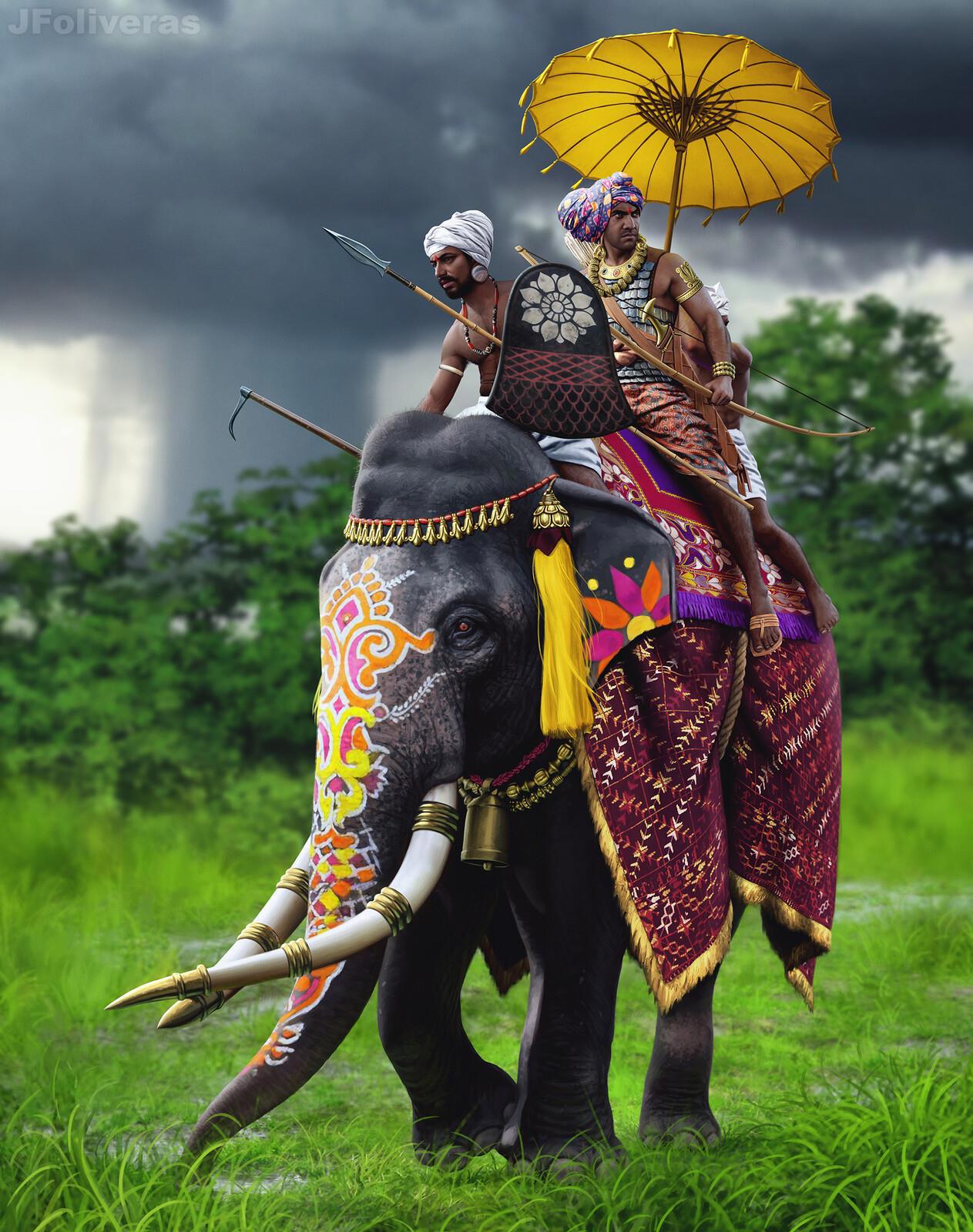
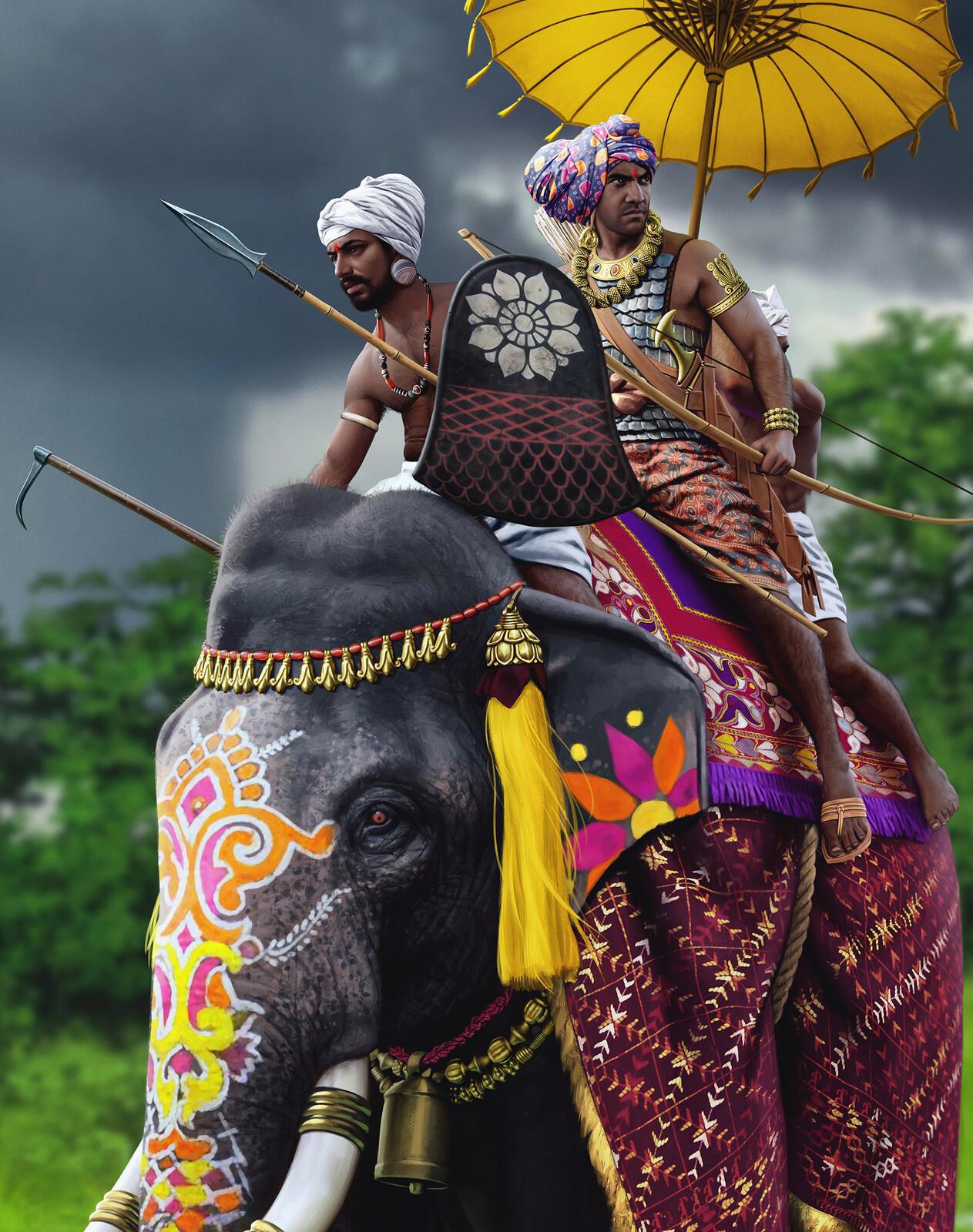
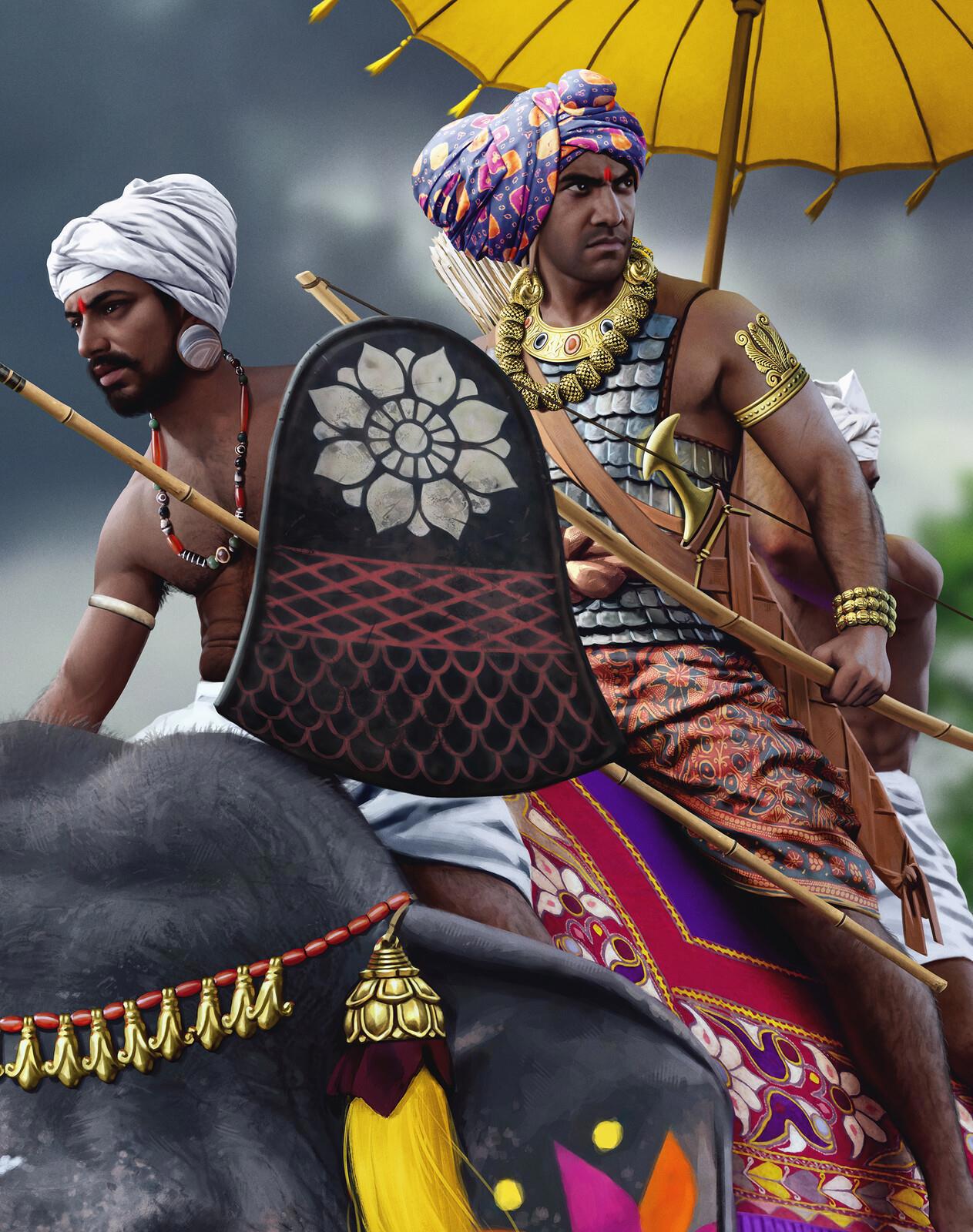
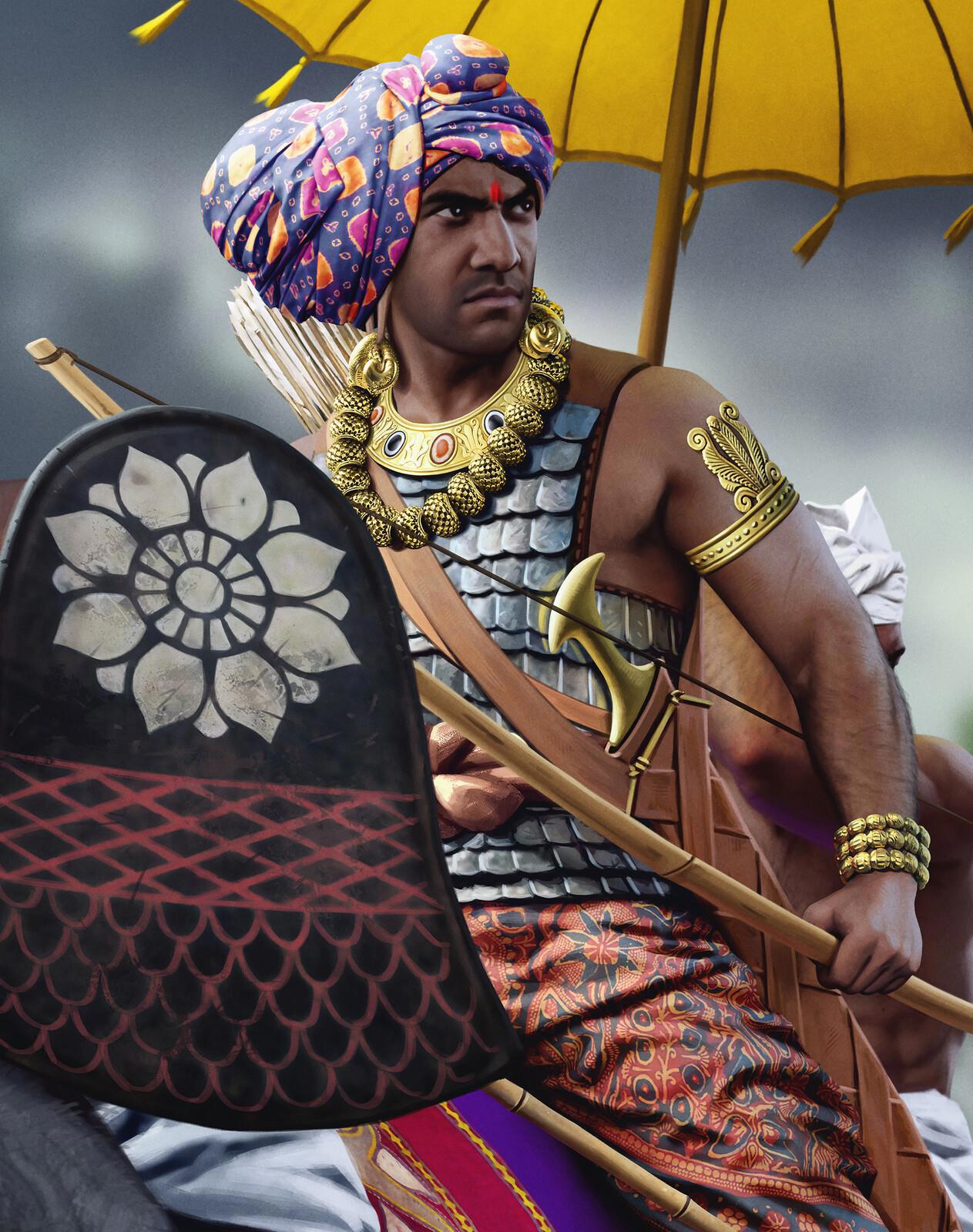
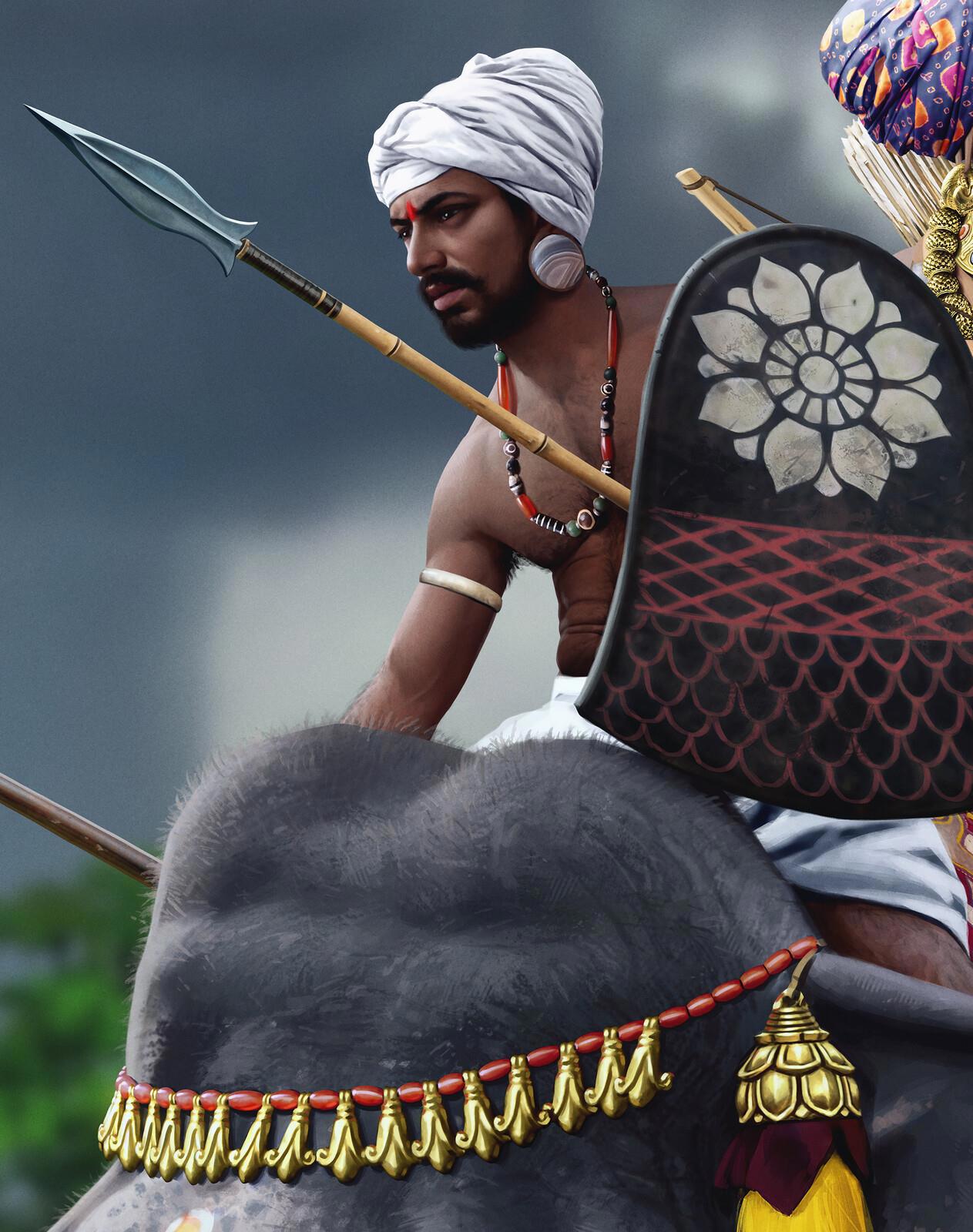
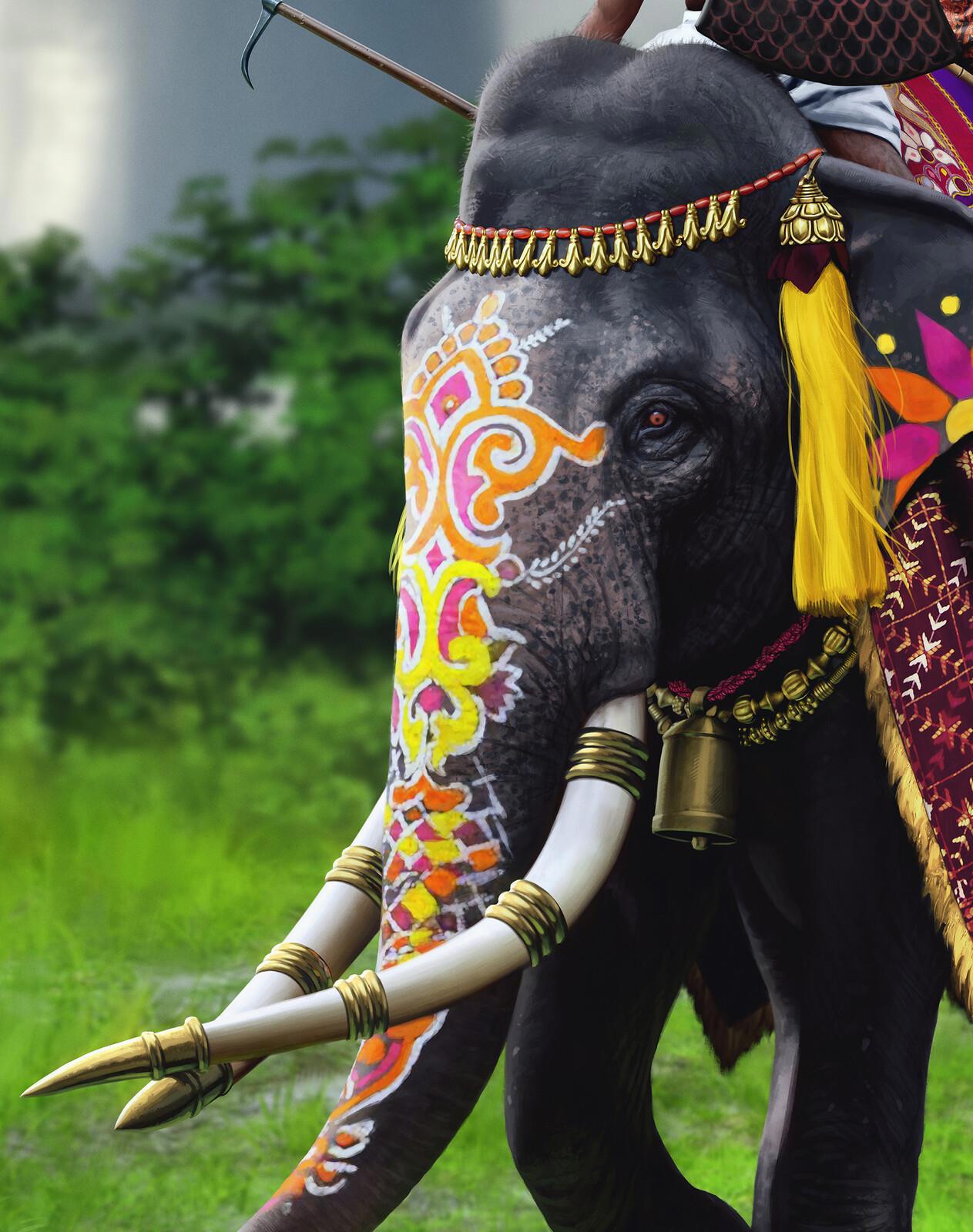
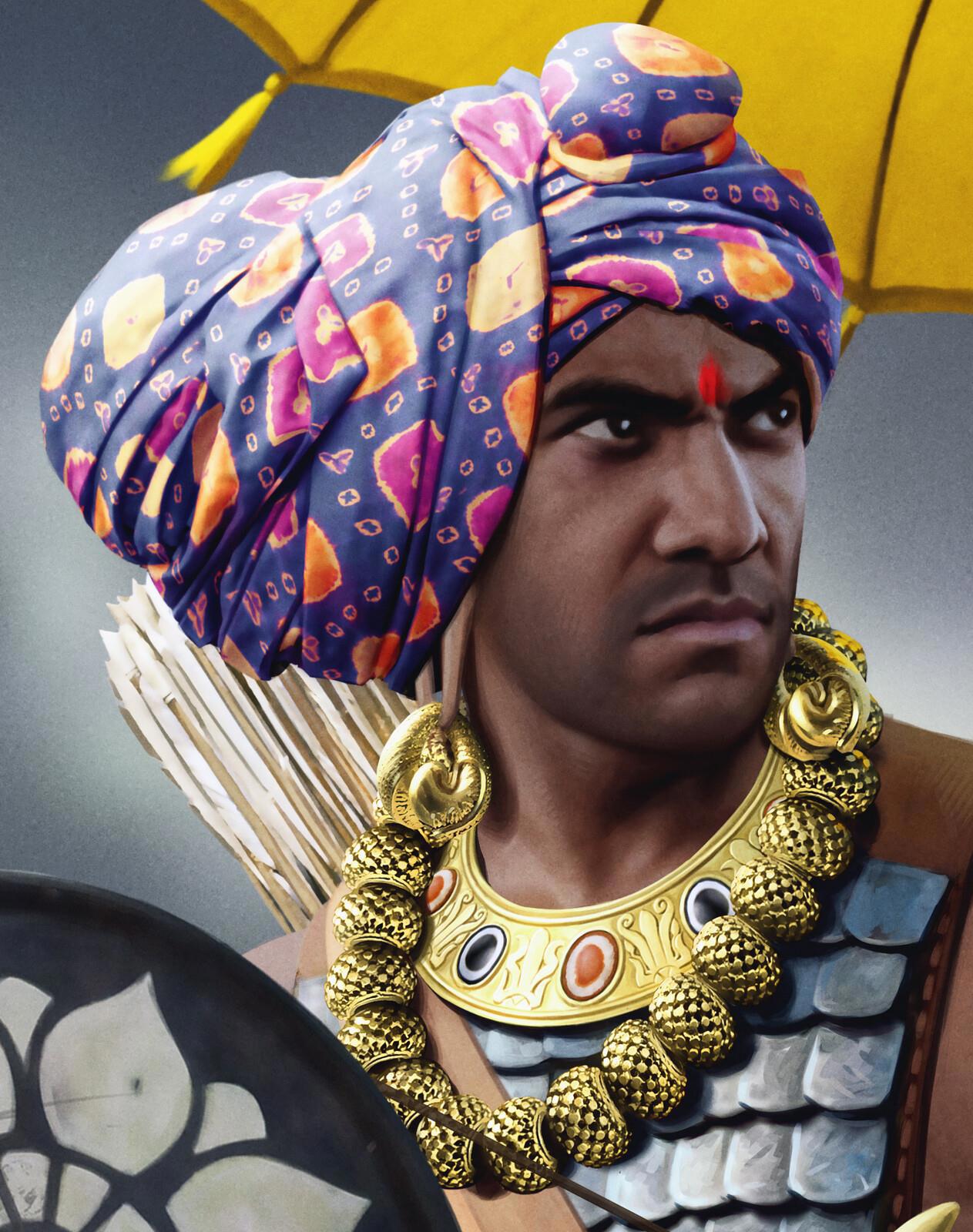
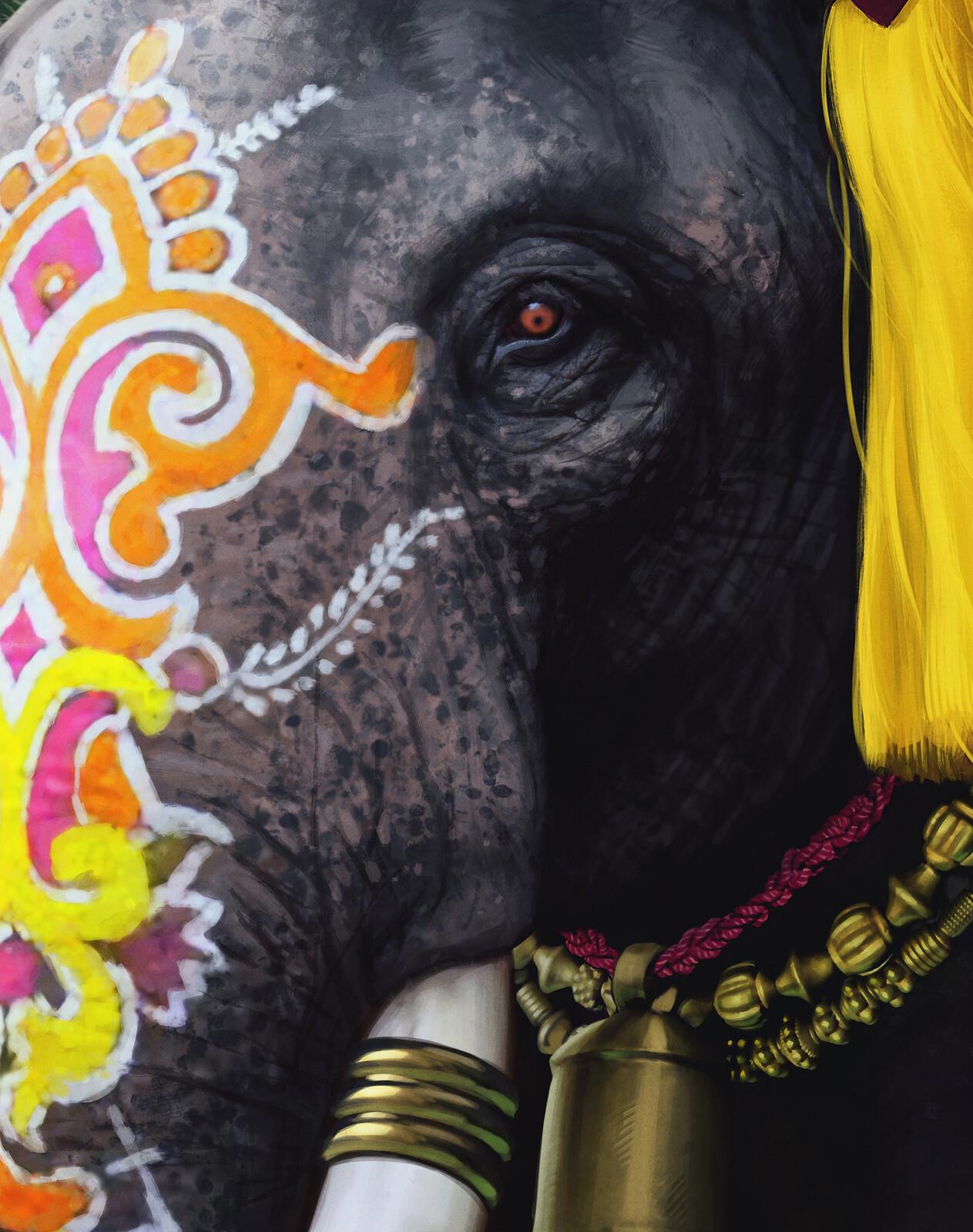
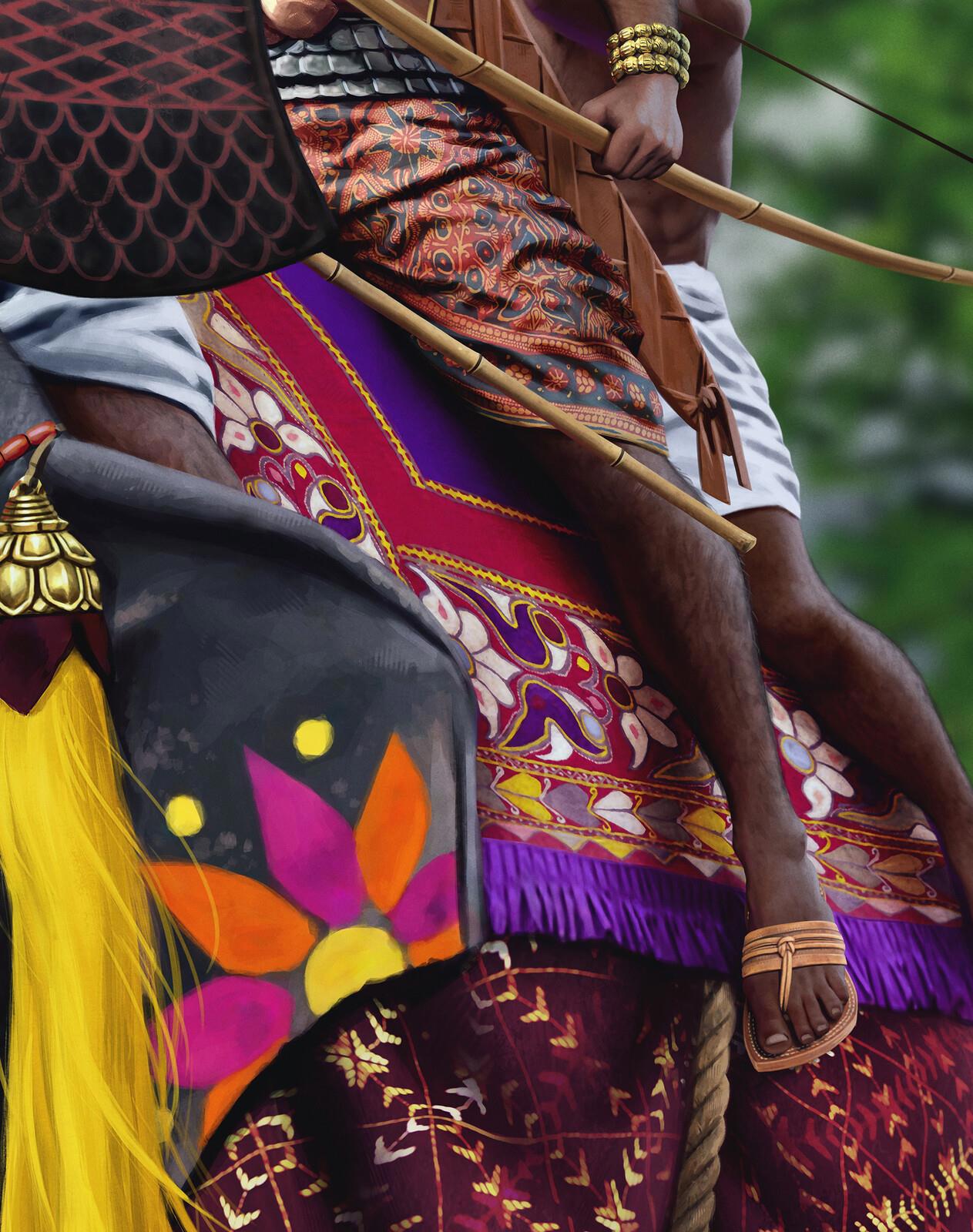

 ️
️